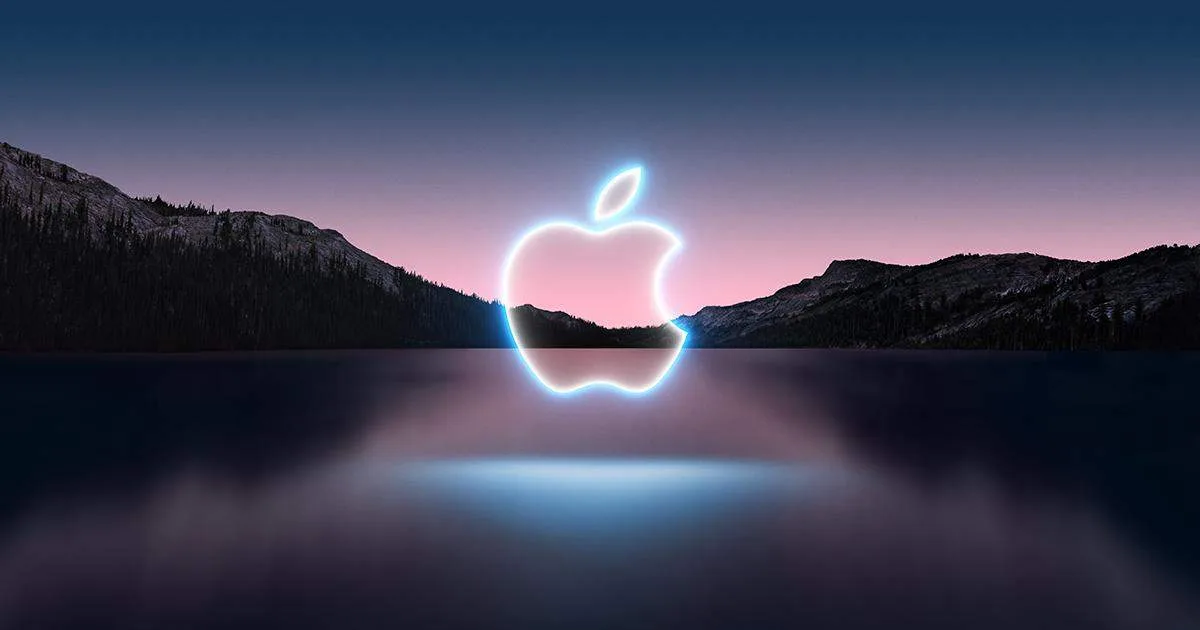Rumours abound that the tech giant will launch AR glasses, its biggest project in many years.
According to rumors, next year will be a busy year for Apple. It may be filled with new technology, which could be comparable to tentpole moments such as the introduction of the Macintosh in 1984, the first iMac 1999, or the iPhone in 2007.
The key product will take Apple to new heights: AR/VR glasses.
Rumours suggest that this project will include augmented reality as well as virtual reality. AR overlays computer information onto images of the real world. VR places a screen so close that your brain thinks it’s being transported to a computer-generated environment. It’s similar to the difference in Microsoft’s HTML500 HoloLens to Meta’s $299 quest. HoloLens is being used to assist technicians in the field sharing information while they inspect and repair oil giant Chevron. Quest is also well-known for its immersive experiences and games, such as the time-bending puzzle Superhot or the action game Star Wars, Vader Immortal.
Most of the rumors and leaks have been focused on the specs of the headset, including its super-fast wireless network and the super-detailed visualizations. Many questions remain about Apple’s headset. Anticipated to be called iGlass
Its release date remains a mystery. According to sources speaking to Bloomberg and other analysts, it was originally scheduled for 2020 . However, the release date has been moved to next year. We don’t yet know how iGlass works and whether it will be sold as an accessory like the AirPods and Apple Watch.
Analysts and industry experts agree that Apple’s software is the best in the business, along with its App Store and online services such as Spotify.
“The reason everyone always looks to Apple is yes, there’s the well-designed hardware, but there’s also the power of the app ecosystem,” said Carolina Milanesi, an analyst at Creative Strategies.
Apple is expected to release other significant updates as well, as if the new product line wasn’t enough. Apple is said to be developing next-generation chips for its Mac computers. This includes a highly anticipated redesign for its MacBook Air, Mac Pro, and a new design for the upcoming iPhone 14.
The iGlass will be the most talked about, as it is one of Apple’s most significant product launches in recent years. Analysts say Apple’s success in launching new products stems largely from its connection to the iPhone. They point out that the iPad tablet was able to use the existing App Store since it launched in 2010. The Apple Watch and AirPods were also sold as accessories for iPhones when they came on sale in 2015, 2016 and 2016.
Many questions will be raised about VR and AR in the future and how they will fit into our daily lives. Mark Zuckerberg,, has invested untold millions in his Reality Labs efforts. He bought Oculus VR headset maker for $3 billion in 2014. It’s still there, but the industry is littered by much-hyped startups such as Magic Leap. Their highly anticipated AR glasses suffered so badly after their 2018 launch, that the company announced layoffs in 2020 and its founding CEO resigned.
Apple will be able to offer more than just a new product category with the iGlass. Analysts and executives are convinced that headworn technology will revolutionise the tech industry once it is adopted. Apple’s iPhone is the mainstay of its revenue. iGlass could also be a way for Apple to finally answer the question “Can Apple find the next big thing?”
“I don’t think Apple is as important with its hardware. But what about the software ecosystem?” Joost Van Dreunen is a professor at NYU Stern School of Business. He is also the author of One up: Creativity and Competition and the Global Business of Video Games. Van Dreunen, a long-time VR skeptic, said that he has started to believe in VR after attending Zoom funerals and children’s birthday parties in Roblox. He also noted that Apple is well-known for getting app developers involved in the next big thing. Apple is the only one who can do it.
Coronavirus question mark
Apple has more than Zuckerberg and other competitors to worry about when it concerns the iGlass. It will launch the next year in the middle COVID-19. If it does not, it will do so at the height of the pandemic. This virus has already claimed the lives of more than 5.3 millions people around the world.
Global trade has been one of the hardest hit industries, with global traders having difficulty keeping enough workers in factories and shipping facilities to produce enough goods for everyone. Even Apple, which managed to escape the widespread supply shortages that impacted much of tech’s industry last year, stated it could not make enough chips to satisfy demand for its iPhones or iPads this holiday season.
During an October earnings conference call, Apple CEO Tim Cook stated that it was difficult to predict COVID. He also stated that supply constraints had resulted in $6 billion in lost sales, at a time where demand was at its highest. He said that Apple is still in a “materially superior” position than when it was at the beginning of the pandemic.
The COVID-19 pandemic may have had a far-reaching impact on the supply chain. Economists claim that the COVID-19 pandemic caused significant changes in our work culture. It pushed aging baby boomers into retirement faster than ever before and inspired employees to seek more flexible work hours. Apple was not pleased with this development.
The tech giant’s employees took a rare step this year and spoke out publicly about how Apple’s secretive work culture is unintentionally ruining people’s lives. Both employees spoke out about the toxic work environment as well as the harsh expectations placed on family caregivers during the pandemic. Employees reportedly requested to be largely remote and even signed open letters to Cook. The company’s leadership argued that employees should return to work as soon as possible.
Cook stated that despite all the achievements we have made, many of us have been apart. He wrote this in an email he sent to staff this summer. While video conference calling has helped to reduce the distance between us, there are still things that it cannot duplicate.
The issue is still open to debate, but the COVID revival helped push it aside. The omicron variant has spread quickly across the globe, so Apple has delayed its return-to office plans indefinitely .
Next steps
Apple has other products in the pipeline for this year, including a redesign iPhone 14 that will finally remove its sensor notch by its earpiece . Apple reduced it slightly with the iPhone 13, but retained the cutout for Face ID sensors and the front-facing camera.
Apple is also expected to unveil new Mac computers powered by updated versions of M-series chip, which were created by the same team that made the microprocessing brains used in the iPhones and iPads. Apple’s M1 Pro, M1 Max and M1 Pro chips have been very well received. They are designed to replace other technology made by Intel
Apple has proven that it can make M-series chips competitive. Now, the next challenge is to deliver meaningful upgrades over the next few years. “Apple’s caused quite a bit of controversy, fear, and concern among traditional tech players,” stated Bob O’Donnell an analyst at Technalysis Research. It’s harder to maintain that excitement.”
O’Donnell was curious about where Apple might use its M1 desktop-class chip in the iPad Pro last yea, and perhaps even in the upcoming iGlass.
He said, “It suggests that they’re thinking different about this.”







